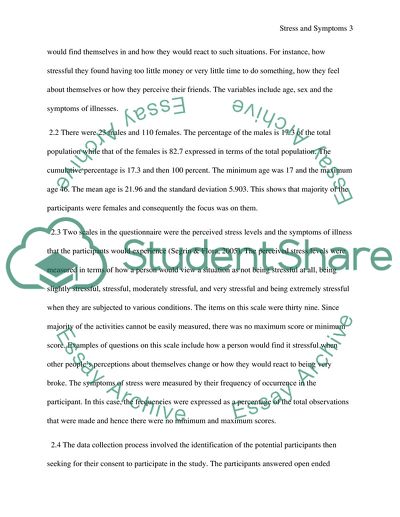Cite this document
(“Stress and symptoms Essay Example | Topics and Well Written Essays - 2000 words”, n.d.)
Retrieved from https://studentshare.org/psychology/1654382-stress-and-symptoms
Retrieved from https://studentshare.org/psychology/1654382-stress-and-symptoms
(Stress and Symptoms Essay Example | Topics and Well Written Essays - 2000 Words)
https://studentshare.org/psychology/1654382-stress-and-symptoms.
https://studentshare.org/psychology/1654382-stress-and-symptoms.
“Stress and Symptoms Essay Example | Topics and Well Written Essays - 2000 Words”, n.d. https://studentshare.org/psychology/1654382-stress-and-symptoms.


